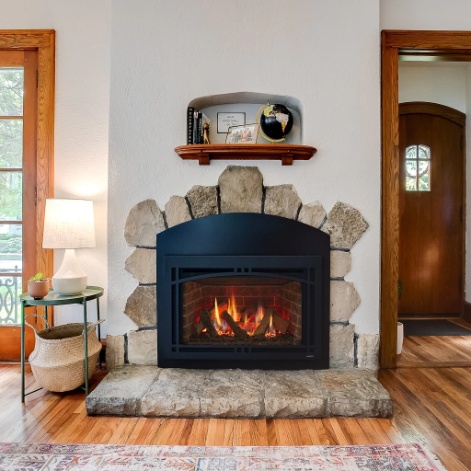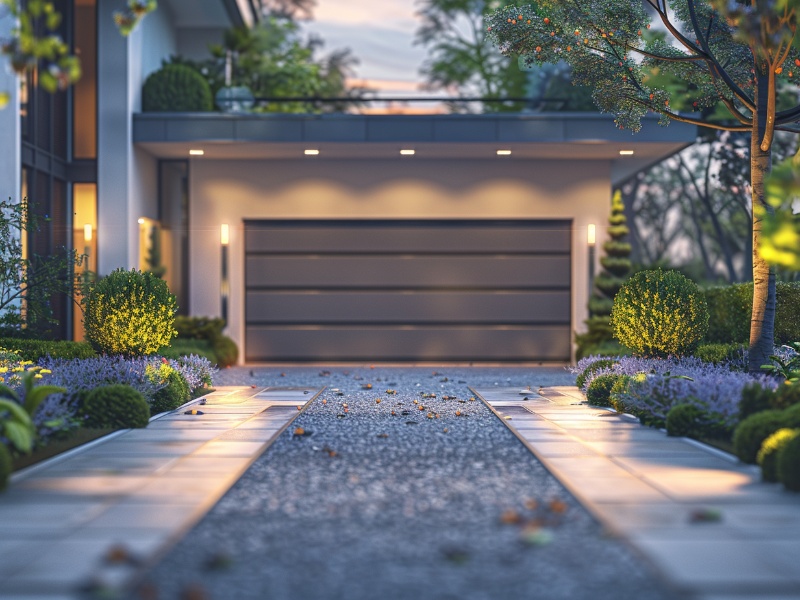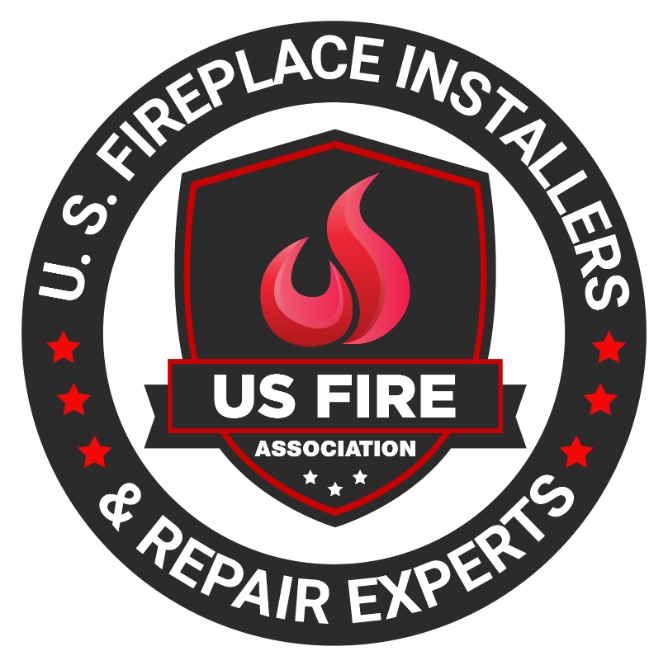Table of Contents
- 1 The Benefits of a Fireplace Renovation
- 2 What Are the Different Types of Fireplaces?
- 3 How to Choose the Right Fireplace for Your Home
- 4 What to Expect During a Fireplace Renovation
- 5 How to Maintain Your New Fireplace
- 6 Transforming Your Home with a Fireplace Renovation: Before and After
- 7 Frequently Asked Questions
Looking to transform the look and feel of your home? A fireplace renovation could be just what you need!
We explore the benefits of updating your fireplace, the different types of fireplaces available, and how to choose the right one for your home.
Discover what to expect during a fireplace renovation, as well as tips for maintaining your new fireplace. See the stunning before and after transformation that a fireplace renovation can bring to your living space!
The Benefits of a Fireplace Renovation
A fireplace renovation has the potential to revitalize your home, altering the ambiance and aesthetic appeal of your living space. Improving your fireplace can not only enhance the cozy atmosphere but also introduce a touch of modern elegance to your interior design.
Upgrading your fireplace can have a significant effect on the overall comfort of your home, providing a warm and inviting focal point for gatherings with friends and family. The modernization resulting from a fireplace renovation can also increase the value of your property, making it more attractive to potential buyers in the future. By renovating your fireplace, you are not only establishing a more stylish and inviting environment but also making a long-term investment in the appeal and functionality of your living space.
What Are the Different Types of Fireplaces?
Various types of fireplaces are available for renovation to accommodate different preferences and heating needs. The most common types include wood-burning fireplaces, gas fireplaces, and electric fireplaces.
Wood-burning fireplaces provide a traditional aesthetic and comforting crackling sound that many homeowners enjoy. They are ideal for those seeking a cozy ambiance and the authentic smell of burning wood.
On the other hand, gas fireplaces offer convenient heat at the flip of a switch, without the hassle of storing and loading firewood. They are well-suited for modern homes looking for a hassle-free heating solution.
Electric fireplaces are versatile and easy to install, making them suitable for apartments or homes without chimneys. They offer customizable flame effects and heat settings.
Wood Burning Fireplaces
Wood-burning fireplaces are known for their traditional and rustic charm, appealing to those who desire a classic hearth ambiance in their home. These fireplaces are popular for their genuine appeal and the natural warmth they offer.
The crackling sounds and captivating flames of wood-burning fireplaces create a cozy and welcoming atmosphere, often becoming a focal point for family gatherings or quiet evenings. Renovating a wood-burning fireplace can enhance the overall aesthetic of a living space, adding both character and warmth.
Homeowners have the option to customize their fireplace with various design choices to complement their interior decor, whether they prefer a classic stone surround or a more contemporary sleek design. The process of renovating a wood-burning fireplace can be a transformative experience that revitalizes a home, increasing its charm and comfort.
Gas Fireplaces
Gas fireplaces are known for their convenience and efficiency, offering a modern and sleek upgrade to your living room. These fireplaces are favored for their ease of use, cleanliness, and contemporary design.
With a gas fireplace, you can effortlessly change the ambiance of your home with a simple flick of a switch, creating a cozy atmosphere perfect for relaxing evenings. The efficiency of gas fireplaces also means they can help lower heating costs while still providing ample warmth. Their sleek and modern design makes them a stylish addition to any space, blending seamlessly with various interior styles.
Whether you’re looking to enhance the aesthetics of your living room or seeking a more efficient heating solution, gas fireplaces are an excellent choice for a home renovation project.
Electric Fireplaces
Electric fireplaces are known for their versatility and style, making them a popular option for modern homes. These fireplaces are energy-efficient, easy to install, and can be customized to match different interior design themes.
Their flexibility allows them to be placed in any room, whether it is the living room, bedroom, or even a home office, creating a cozy atmosphere wherever needed. With a variety of designs and sizes available, electric fireplaces can complement any style of decor, whether it is minimalist, traditional, or contemporary. These fireplaces offer a hassle-free heating solution, as they do not require venting or maintenance like traditional wood-burning fireplaces, making them a convenient choice for home renovations.
How to Choose the Right Fireplace for Your Home
Choosing the right fireplace for a home involves considering factors such as the layout of the home, heating needs, and budget. It is important to select a fireplace that complements the interior design while providing the desired level of coziness.
When searching for the perfect fireplace, it is essential to think about how the layout of the space will influence the placement and impact of the fireplace. A fireplace can act as a focal point, enhancing the overall ambiance of a room.
Considering the heating requirements of the home is crucial to ensure that the chosen fireplace can effectively warm the space during cold evenings. It is also important to be mindful of budget constraints while exploring different fireplace options, ranging from traditional wood-burning designs to modern electric fireplaces.
These decisions have the potential to truly transform a home into a warm and inviting sanctuary.
Consider Your Home’s Layout and Design
When selecting a fireplace, it is important to consider your home’s layout and design to ensure a seamless integration that enhances the overall aesthetic appeal. Factors to take into account include the size, style, and placement of the fireplace to complement your interior design.
A well-chosen fireplace can act as a focal point in your living space, creating a cozy and inviting atmosphere. It is advisable to choose a design that harmonizes with your existing color palette and furniture style. Additionally, consider the functionality of the fireplace – whether it will be primarily decorative or used for heating purposes. Select materials and finishes that align with your overall interior design scheme, whether it leans towards contemporary, traditional, rustic, or modern styles. By carefully evaluating these elements, you can turn your fireplace into a striking feature that enhances the ambiance of your home.
Think About Your Heating Needs
Understanding the heating requirements is essential when selecting a fireplace. Factors such as room size, insulation, and desired warmth level should be evaluated to choose a fireplace with the appropriate hearth size and chimney system.
Considering the room size ensures that the fireplace can effectively heat the space without being overpowering or inadequate. Proper insulation is crucial for retaining the warmth generated by the hearth, ensuring a comfortable and energy-efficient room. Additionally, considering hearth specifications, such as material and design, can have a significant impact on the overall aesthetic of your home. A well-chosen fireplace that aligns with these factors can serve as a focal point of warmth and beauty in your living space.
Determine Your Budget
Establishing a budget is crucial for a fireplace renovation. Take into account expenses associated with remodeling, mantel installation, and the overall fireplace makeover to ensure your project remains within financial constraints while achieving the desired transformation.
Remodeling costs can vary based on factors like the materials chosen, labor expenses, and any necessary structural changes. When budgeting for mantel installation, factor in the cost of the mantel itself and installation fees.
Makeover expenses may involve painting, tiling, or refacing the fireplace to give it a new appearance. Researching and obtaining multiple quotes can provide a clearer understanding of the overall costs associated with your fireplace renovation project.
What to Expect During a Fireplace Renovation
A fireplace renovation typically consists of several stages, including inspection and planning, demolition and removal, and installation and finishing. Each step serves a crucial function in the process of transforming the fireplace and updating the aesthetic of the living room.
In the initial inspection phase, a professional assesses the current state of the fireplace, identifying any structural issues or safety concerns. Following the inspection, the demolition process commences, during which the old materials are methodically removed to prepare for the new enhancements. Brickwork is a key element in the renovation, as it has the potential to entirely alter the appearance and ambiance of the fireplace. After the demolition, the installation phase begins, incorporating upgrades such as a new mantle or insert to revitalize the space.
Inspection and Planning
The initial stage of a fireplace renovation involves a thorough inspection and detailed planning to determine the scope of refurbishment needed. The condition of the hearthstone and fireplace structure is assessed to plan the renovation effectively.
A comprehensive evaluation of the hearthstone is conducted, checking for cracks, discoloration, or structural issues to identify areas needing attention during the renovation process. Evaluating the hearthstone’s integrity is crucial as it serves as the foundation of the fireplace and significantly contributes to the overall aesthetics and functionality of the space. Inspecting the fireplace structure ensures that any underlying issues, such as chimney damage or ventilation concerns, are addressed before proceeding with the renovation. These initial assessments lay the groundwork for a successful fireplace refurbishment and home transformation.
Demolition and Removal
The demolition phase of a fireplace renovation involves the removal of existing components such as mantels, hearthware, and outdated structures. This step is necessary to prepare the space for the installation of upgraded fireplace elements.
During this process, professionals carefully dismantle mantels, which range from traditional wooden designs to modern sleek finishes, ensuring no damage occurs. They also remove hearthware, including tiles or stones around the fireplace opening, to make room for new upgrades. They demolish outdated elements like old-fashioned mantelpieces or inefficient chimneys to install newer, more stylish features that enhance the overall look and functionality of the fireplace area.
Installation and Finishing
The final steps of a fireplace renovation include installing new components and adding finishing touches to complete the transformation. It’s important to select appropriate hearth tools and accessories to improve both the functionality and visual appeal of the fireplace.
Choosing a set of high-quality fireplace tools, such as a poker, brush, shovel, and log tongs, can enhance the practicality and aesthetics of the hearth. Additionally, incorporating a stylish fireplace screen can provide safety and add to the design of the fireplace, making it a focal point in the room. Other accessories, like decorative mantel pieces, cozy rugs, or cushions nearby, all play a role in ensuring that the renovated fireplace blends seamlessly with the overall home decor.
How to Maintain Your New Fireplace
Following a fireplace renovation, it is important to prioritize proper maintenance to uphold both the appearance and functionality of the hearth. Regular cleaning, yearly inspections, and adhering to safe usage practices play a crucial role in ensuring that your newly renovated fireplace continues to serve as a focal point in your home.
Scheduling annual inspections with a professional is a critical component of maintaining the safety and effectiveness of your fireplace. These inspections can help identify issues like creosote buildup, hearthstone cracks, or malfunctioning components early on, allowing for timely intervention. Implementing appropriate ventilation practices and using suitable fuel not only enhances the ambiance but also prolongs the lifespan of the fireplace. By taking these proactive steps, you can ensure that your fireplace remains visually appealing and operates at its best for an extended period.
Regular Cleaning and Maintenance
Regular cleaning and maintenance of the fireplace, hearthstone, and hearthware are important to prevent buildup and ensure efficient operation. Use appropriate cleaning tools and techniques suited to the specific materials of the fireplace.
Incorporating these cleaning procedures into regular home maintenance routines is crucial to enhance the aesthetic appeal of the living space and extend the lifespan of the fireplace. Keeping the hearthstone and hearthware clean helps prevent the accumulation of soot, debris, and harmful creosote, which reduces the risk of chimney fires. This practice promotes a safer home environment and enhances the overall efficiency of the fireplace, allowing for better heat distribution and performance.
Annual Inspections and Servicing
Regular inspections and servicing for a fireplace are important for safety and performance. Professionals from Dreifuss can inspect for issues, maintain the fireplace’s appearance, and ensure that safety mechanisms are working properly for continued enjoyment.
Routine maintenance and checks not only ensure a safe environment but also improve the overall atmosphere of a home. By having our professionals assess the fireplace regularly, homeowners are prioritizing the well-being of their household. The maintenance provided during these inspections ensures that the fireplace remains a focal point, radiating warmth and comfort. Ensuring that safety mechanisms are functioning properly provides peace of mind and prevents potential hazards. Investing in these services is a proactive step toward creating a space that is both safe and visually appealing.
Safe Usage and Practices
It is essential for fireplace owners to practice safe usage and follow recommended practices. Installing appropriate safety features like a hearthgate can help prevent accidents and create a cozy yet secure environment. In addition, ensure you follow hearthrest guidelines.
A hearthgate creates a physical barrier around the fireplace. This keeps children and pets safe from accidentally getting too close to the flames. Adhering to hearthrest guidelines includes refraining from placing flammable items near the fireplace. Also, conducting regular chimney inspections to check for blockages, and never leaving a fire unattended.
These practices not only improve the overall safety of the home but also contribute to a peaceful ambiance. This makes the fireplace a focal point for relaxation and warmth in a transformed living space.
Transforming Your Home with a Fireplace Renovation: Before and After
Experience the significant impact a fireplace renovation can have on your home through striking before and after visuals. Each transformation demonstrates the effectiveness of a fireplace renovation in improving your living space. These include updating the hearthside to revamping the mantel.
The hearthside, previously outdated and unremarkable, now showcases a sleek and contemporary design that enhances the entire room instantly. The mantel, once a simple feature, now serves as a focal point with intricate details and stylish accents. These modifications highlight how a fireplace renovation can completely alter the ambiance of a space. As a result, it creates a warm and welcoming atmosphere for both family and visitors.
The comprehensive makeover not only enhances the visual appeal but also increases the value of your home. Consequently, it presents a harmonious combination of functionality and aesthetics.
Frequently Asked Questions
1. What are the benefits of a fireplace renovation?
A fireplace renovation can enhance the aesthetic appeal of your home, and increase its value. Also, it provides efficient heating during colder months.
2. What are some popular fireplace renovation ideas?
Some popular ideas include installing a new mantel, and using different materials such as stone or tile. Also, adding a built-in bookshelf or storage, and upgrading to a more modern and efficient fireplace insert are some ideas.
3. What factors should I consider before starting a fireplace renovation?
You should consider your budget, the size, and layout of your space. In addition, consider the type of fireplace you want, and any necessary permits or regulations in your area.
4. Do I need a professional for a fireplace renovation?
You can renovate a fireplace yourself, but for the best results, hire a professional. They have the expertise, tools, and knowledge to ensure a safe and successful renovation.
5. How long does a fireplace renovation typically take?
The timeline for a fireplace renovation can vary depending on the scope of the project. However, on average it can take anywhere from 1-3 weeks.
6. Can a fireplace renovation be done on any type of fireplace?
Yes, you can renovate any type of fireplace, including traditional wood-burning, gas, and electric fireplaces. However, the renovation process may differ based on the type of fireplace.
Latest Articles

What Is An NG (Natural Gas) Indicator And Why You Need It For Your Fireplace
Table of Contents1 Understanding Natural Gas Fireplaces2 What is an NG Indicator?3 Importance of NG Indicators for Safety4 Types of NG Indicators5 Installation and Maintenance of NG Indicators6 Signs of a Faulty NG Indicator7 Frequently Asked Questions Natural gas fireplaces are a favored option among numerous homeowners due to their convenience and effectiveness. But, what is an NG (Natural Gas) indicator and why you need it for your fireplace? It is imperative to comprehend how they function and the significance of having an NG (Natural Gas) indicator for safety purposes. This article delves into the definition and significance of NG indicators. We will discuss the potential hazards associated with the absence of one and the various types of indicators accessible. Also, we will discuss installation and maintenance recommendations, and methods to recognize and rectify issues with malfunctioning indicators. Stay well-informed and ensure the safety of your home by referring to this exhaustive guide. Understanding Natural Gas Fireplaces Natural gas fireplaces serve as an efficient and convenient heating option for numerous households. They utilize natural gas as a fuel source to deliver consistent warmth and ambiance. How They Work and Why They Need NG Indicators The operation of natural gas fireplaces involves igniting natural gas to generate heat. This process requires diligent monitoring to ensure both safety and efficiency, a task facilitated by the use of NG indicators. NG indicators play a critical role in detecting potential gas leaks. They enable residents to promptly address and mitigate any associated hazards. Through continuous monitoring of gas levels and providing timely warnings and alerts, NG indicators uphold a secure indoor environment. It is imperative to ensure that these indicators function properly to facilitate the effective operation of natural gas fireplaces. This helps mitigate the inherent risks linked to gas leaks. What is an NG Indicator? An NG indicator is a specialized device equipped with advanced sensors and technology. It is specifically designed to detect natural gas leaks and monitor gas pressure in appliances, such as fireplaces. Definition and Purpose The NG indicator functions as a detector that monitors gas appliances for potential leaks. It provides essential functionality to ensure safety in households utilizing natural gas. These detectors play a crucial role in protecting residences by notifying occupants of dangerous gas leaks long before they escalate into perilous situations. Through continuous monitoring of gas levels in the vicinity, NG indicators offer an additional layer of protection. This is particularly important in properties that rely on gas-operated fireplaces or stoves. These devices not only help avert potential disasters but also enhance the overall peace of mind of homeowners. They assure them that their living spaces are equipped with reliable safety features. Importance of NG Indicators for Safety Natural gas indicators are essential for maintaining safety in households equipped with natural gas appliances. These devices serve as a proactive measure to promptly detect gas leaks. This offers homeowners a sense of security and assurance. Potential Dangers of Not Having an NG Indicator The absence of an NG indicator in residences equipped with natural gas appliances can pose significant hazards. This includes the risk of undetected gas leaks , carbon monoxide poisoning , and pilot outages that may lead to dangerous situations. These potential risks can profoundly impact indoor air quality. They directly influence the health and safety of individuals residing in the household. Undetected gas leaks can go unnoticed, gradually permeating the air and creating a potentially explosive environment. Insufficient ventilation from undetected exposure to carbon monoxide can lead to serious health complications. These range from mild symptoms such as dizziness to fatal poisoning. Without proper monitoring from an NG indicator, families are left susceptible to these concealed threats. This underscores the critical importance of implementing proactive measures to mitigate such risks. Types of NG Indicators Indicators for Natural Gas (NG) are available in diverse types. Each presents distinct detection capabilities tailored to specific requirements, encompassing both manual and automated alternatives. Manual vs. Automatic Indicators Manual NG indicators require user intervention for monitoring gas levels and identifying leaks. On the other hand, automatic indicators employ sophisticated technology to deliver continuous, real-time monitoring. This heightened efficiency and oversight enhance safety protocols. Conventional manual indicators rely on individuals to physically inspect and evaluate gas levels periodically. This renders them more susceptible to human errors. Conversely, automatic indicators feature sensors capable of promptly detecting even the most minute fluctuations in gas levels. This establishes a more dependable and precise monitoring mechanism. Automatic indicators can activate alerts and shut-off systems upon detecting a leak. This ensures immediate action to avert potential hazards. This advanced technology enhances safety protocols and instills a sense of command and assurance among users. Installation and Maintenance of NG Indicators The reliable and accurate performance of NG indicators necessitates proper installation and consistent maintenance. This often entails professional installation and adherence to recommended service guidelines. Proper Installation and Regular Maintenance Tips The proper installation of NG indicators involves adhering to the specifications in the user manual. Maintenance protocols entail strict adherence to a predetermined maintenance schedule to ensure sustained operational efficiency. During the installation phase, it is imperative to verify that the NG indicators are securely affixed in the designated location as stipulated by the manufacturer. Crucial steps include confirming power source compatibility and ensuring proper grounding of the device to optimize performance. Calibration of the indicator must be executed meticulously to ensure precise readings. Regarding maintenance, essential practices include regular inspection for signs of wear, thorough cleaning of the indicator components, and routine functionality tests. By allocating time to a consistent maintenance regimen, the NG indicator can operate with optimal efficiency over an extended duration. Signs of a Faulty NG Indicator Recognizing indicators of a malfunctioning NG indicator is essential for upholding safety and performance standards. Inaccuracies and detection issues can undermine the efficacy of these devices. Identifying and Addressing Issues The process of identifying and addressing issues related to NG (natural gas) indicators requires a systematic troubleshooting approach. This ensures their optimal performance

What You Need To Know About Gas Log Set Safety And Installation Considerations
Table of Contents1 Understanding Gas Log Sets2 Safety Considerations for Gas Log Sets3 Installation Guidelines for Gas Log Sets4 Maintaining and Troubleshooting Gas Log Sets5 Frequently Asked Questions Gas log sets are a favored option among homeowners seeking to enjoy the comfort and atmosphere of a conventional fireplace without the inconvenience of wood. This article tells you what you need to know about gas log set safety and installation considerations. Before incorporating one into your residence, it is imperative to understand the safety considerations associated with their use. This discussion delves into the potential hazards linked with gas log sets. It presents crucial precautions to uphold the safety of your home. Also, it outlines proper installation procedures and offers insight into common errors to avoid. Finally, it provides advice on maintenance and troubleshooting. Gain comprehensive knowledge on gas log set safety and installation considerations. Understanding Gas Log Sets Comprehending gas log sets is essential for individuals seeking to elevate their fireplace experience, and for gas lag set safety and installation. These heating appliances can operate on either natural gas or propane. In addition, they are available in a range of styles, including vented, ventless, and vent-free options. They provide an array of benefits and customization opportunities through various fireplace accessories. What are Gas Log Sets? Gas log sets are meticulously crafted artificial logs. They are designed to imitate the appearance and functionality of authentic wood logs within fireplaces. These gas log sets typically consist of ceramic or refractory concrete logs that have been skillfully molded and painted. This allows them to replicate the natural grain and texture of real wood. The logs are arranged in various configurations within the fireplace. They establish a realistic and welcoming ambiance. In addition to the logs, gas log sets often include fireplace accessories such as glowing embers. Accessories also include decorative stones, and even pine cones to enhance the overall aesthetic appeal. Homeowners can select from an array of placement options. These include traditional wood stack, cascading driftwood, or a contemporary geometric arrangement. Homeowners can align their preferred style and design preferences. Safety Considerations for Gas Log Sets Safety considerations for gas log sets are of utmost importance to guarantee a secure and pleasant fireplace experience. It is essential to address potential hazards such as carbon monoxide exposure, gas leaks, and fire safety to maintain a safe environment for homeowners. Potential Hazards and Precautions Gas log sets come with potential hazards that must be taken seriously, including the risks of gas leaks, carbon monoxide poisoning, and fire incidents. It is imperative to establish and adhere to rigorous safety measures to ensure the well-being of individuals and properties involved in the use of gas log sets. Gas leaks represent a significant hazard when utilizing gas log sets. They can result in the accumulation of combustible gas within the premises, heightening the possibility of explosions or fires. Carbon monoxide, an insidious gas generated during incomplete combustion, poses a grave threat due to its colorless and odorless nature, making it undetectable without proper monitoring. To address these risks effectively, it is vital to install carbon monoxide detectors and gas leak sensors in the vicinity of the gas logs. Routine maintenance checks on the gas log system, including cleaning and inspection procedures, are critical to ensure safe operations and the prompt identification of potential issues. In case of a gas leak or suspected presence of carbon monoxide, immediate evacuation of the affected area is paramount, followed by prompt contact with emergency services. Recognizing the distinct odor of rotten eggs associated with natural gas can serve as an early warning sign, prompting swift actions to avert any potential accidents. Installation Guidelines for Gas Log Sets The installation of a gas log set necessitates meticulous planning and strict adherence to specific guidelines. This includes verifying a secure gas connection, ensuring proper gas lines are in place, and complying with local building codes. Often, the complexity of these requirements may require the expertise of a certified technician. Proper Installation Techniques The appropriate installation procedures for gas log sets involve the secure connection of gas lines, meticulous adherence to installation manuals, and strict compliance with local building codes. It is imperative to prioritize the guarantee of secure gas connections to avert leaks and potential safety hazards. During the installation of gas log sets, utilizing suitable sealants and fittings is essential to establish a tightly sealed connection. The correct installation of gas lines is critical for both the safety and operational efficacy of the gas log set. Reference to the installation manual is highly advisable for detailed, step-by-step guidance to prevent inaccuracies and ensure the successful establishment of the gas log set. Consistently adhering to building codes and regulations upholds safety standards. Seeking guidance and confirmation from a certified technician before and after installation can offer invaluable support and assurance throughout the process. Common Installation Mistakes to Avoid It is imperative to avoid common installation errors to ensure the secure and effective operation of gas log sets. This includes verifying proper gas connections and compliance with building codes. Improper gas connections can result in leaks and potential hazards, underscoring the importance of verifying the tightness and correct alignment of all fittings. Failure to adhere to building codes can lead to structural complications, penalties for non-compliance, or even safety concerns. To prevent these oversights, it is advised to consult the manufacturer’s installation guidelines and strictly adhere to local regulations. Engaging a certified technician for the installation of gas log sets guarantees that the procedure is carried out accurately and securely. This provides assurance that the system is functioning as intended. Maintaining and Troubleshooting Gas Log Sets Regular maintenance and troubleshooting of gas log sets are imperative to uphold their optimal performance and safety. This includes thorough examination of the pilot light, pilot assembly, and other gas appliances to preserve heating efficiency and promptly resolve any arising issues. Tips for Maintenance and Repair Ensuring the proper maintenance of your gas log set necessitates conducting

Key Considerations For Using Compressed Liquid Propane In Fireplace Installation
Table of Contents1 What is Compressed Liquid Propane?2 Benefits of Using Compressed Liquid Propane in Fireplaces3 Safety Precautions for Installing Compressed Liquid Propane Fireplaces4 Installation Process for Compressed Liquid Propane Fireplaces5 Maintenance and Care for Compressed Liquid Propane Fireplaces6 Alternative Fuel Options for Fireplaces7 Frequently Asked Questions If you are contemplating the use of compressed liquid propane in your fireplace installation, this discussion will delve into the advantages of adopting this alternative fuel option. These benefits include enhanced efficiency, cost savings, and important safety precautions to consider. Furthermore, a detailed step-by-step guide on the installation process will be provided, along with recommendations for maintenance and care. A comparison of various fuel options for fireplaces will also be conducted to assist you in making an informed decision. We encourage you to stay engaged to gain insights into optimizing your fireplace’s capabilities with compressed liquid propane. What is Compressed Liquid Propane? Compressed Liquid Propane is a versatile energy source contained in a high-pressure propane tank. It finds extensive utility in both residential and commercial settings, prominently including fireplaces. Recognized for its convenience and efficiency, Compressed Liquid Propane emerges as a favored option for heating residential spaces and facilitating culinary pursuits across various environments. Additionally, it serves as a viable fuel substitute in vehicular contexts, portable cooktops, and outdoor grilling scenarios due to its propensity for clean combustion. The attribute of portability, coupled with ease of storage, positions Compressed Liquid Propane as an optimal energy source for individuals residing off the conventional grid. It is also great for engaging in outdoor activities such as camping and recreational vehicle (RV) travel. Moreover, the high energy density inherent to Compressed Liquid Propane renders it a dependable choice for sustaining generators during instances of power disruptions. Benefits of Using Compressed Liquid Propane in Fireplaces Utilizing Compressed Liquid Propane for fireplace installation presents several benefits. These include enhanced fuel efficiency, convenience, cost-effectiveness, and a favorable environmental footprint. These attributes render it a recommended option for heating solutions, applicable to both on-grid and off-grid settings. Efficiency and Cost Savings The utilization of Compressed Liquid Propane in fireplaces offers significant advantages, notably in terms of high fuel efficiency and cost-effectiveness. These attributes are underscored by the exceptional BTU rating and overall heating efficiency of Compressed Liquid Propane. The elevated fuel efficiency exhibited by Compressed Liquid Propane fireplaces necessitates less fuel to generate the same level of heat compared to traditional wood-burning fireplaces or electric heating systems. Consequently, homeowners can realize cost savings on their heating expenditures over an extended period. Moreover, the clean-burning characteristics of propane minimize maintenance costs linked to soot and ash cleanup. This further enhances the cost-effectiveness of employing propane fireplaces. Safety Precautions for Installing Compressed Liquid Propane Fireplaces Ensuring safety is of utmost importance during the installation of Compressed Liquid Propane fireplaces. This requires strict adherence to safety regulations, meticulous attention to proper ventilation requirements, careful control of ignition sources, and the incorporation of carbon monoxide and gas leak detection systems. Important Safety Measures Essential safety protocols for the installation of Compressed Liquid Propane fireplaces encompass adherence to fire safety regulations. Engaging in professional assessments and employing sophisticated gas leak and carbon monoxide detection mechanisms is crucial. Professional evaluations play a critical role in identifying any prospective hazards or irregularities within the fireplace infrastructure. These assessments are vital in ensuring the operational integrity of all components and compliance with safety protocols. Routine inspections serve to forestall potential fire incidents, gas discharges, or carbon monoxide emissions that could pose significant threats to both the property and individuals in the vicinity. The utilization of advanced gas leak and carbon monoxide detection systems serves as an additional safeguard by promptly notifying occupants of any elevated levels of these hazardous gases. Installation Process for Compressed Liquid Propane Fireplaces The installation procedure for Compressed Liquid Propane fireplaces encompasses several critical steps. These include: Adhering to installation guidelines Correctly positioning the propane tank Ensuring precise gas line installation Optimizing heat output Monitoring pressure regulation Establishing the pilot light Step-by-Step Guide The installation process of Compressed Liquid Propane fireplaces involves a systematic approach. This begins with the construction of the firebox, followed by the installation of the gas control valve, setup of the ignition system, design of the flue, and verification of a suitable combustion air supply. The construction of the firebox assumes critical importance as it serves as the foundation of the fireplace structure. It securely holds the combustible materials in place. Subsequently, the gas control valve plays a key role in managing the propane flow, guaranteeing safe and efficient operation. The installation of the ignition system facilitates convenient and reliable fire initiation. Designing the flue is a necessary step to direct exhaust gases outside, thus preventing their accumulation indoors. Moreover, ensuring a proper combustion air supply is essential to sustain optimal burning conditions and enhance fuel consumption efficiency. Each component contributes significantly to the functionality and safety of the fireplace installation process. This underscores the importance of meticulous attention to detail and adherence to established protocols. Maintenance and Care for Compressed Liquid Propane Fireplaces Consistent maintenance and attention to Compressed Liquid Propane fireplaces are imperative to guarantee their optimal functionality. This includes adherence to prescribed maintenance protocols, regular chimney upkeep, prevention of soot accumulation, and scheduling of routine propane deliveries and professional inspections. Tips for Keeping Your Fireplace in Good Condition For the maintenance of your Compressed Liquid Propane fireplace, it is essential to conduct regular checks on ignition sources. Monitor flame appearance, clean the gas burner and pilot assembly, and verify the correct operation of the safety shut-off valve. The inspection of ignition sources requires a detailed examination of the electronic igniter. This helps identify any signs of damage or corrosion and ensures proper sparking upon activation. Monitoring flame appearance involves observing a consistent blue flame with minimal flickering, which signifies efficient combustion. Cleaning the gas burner and pilot assembly can be performed using a soft brush or compressed air to eliminate any dirt or debris that may
